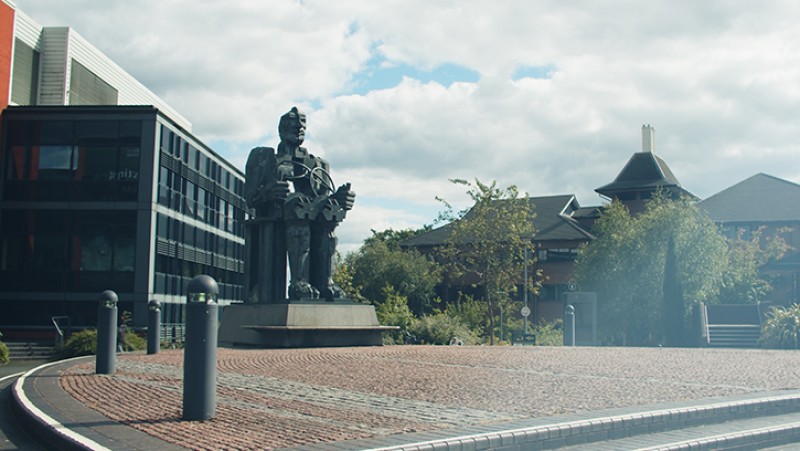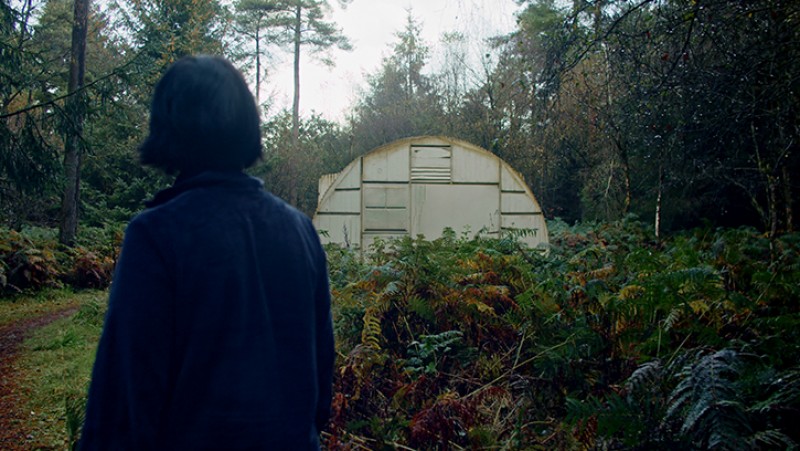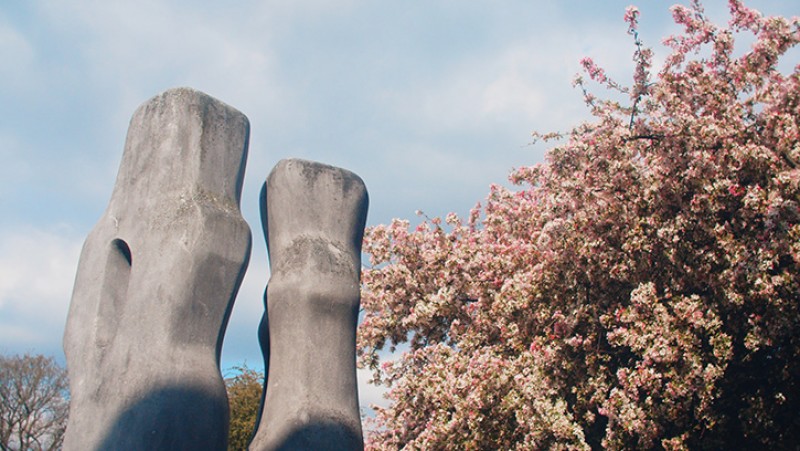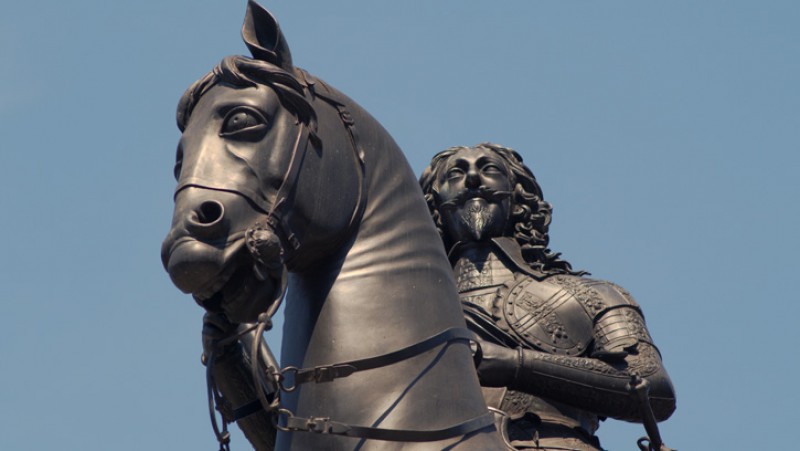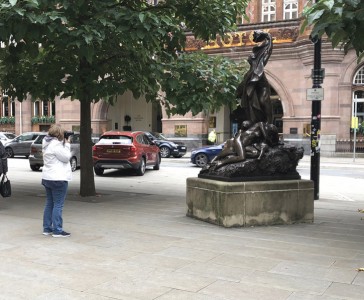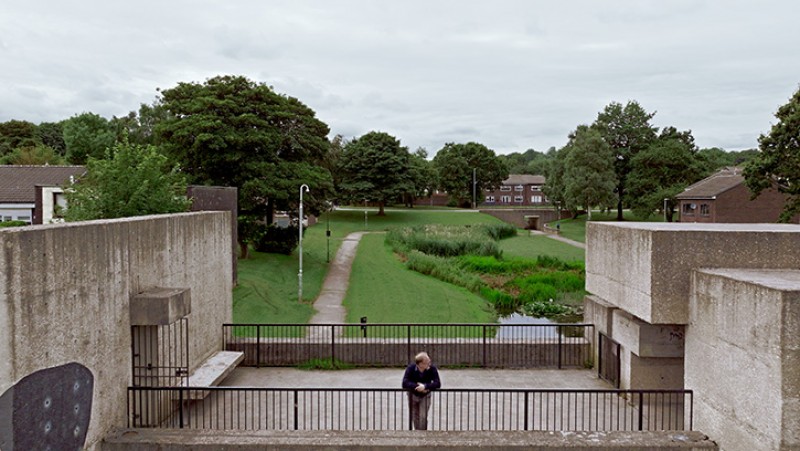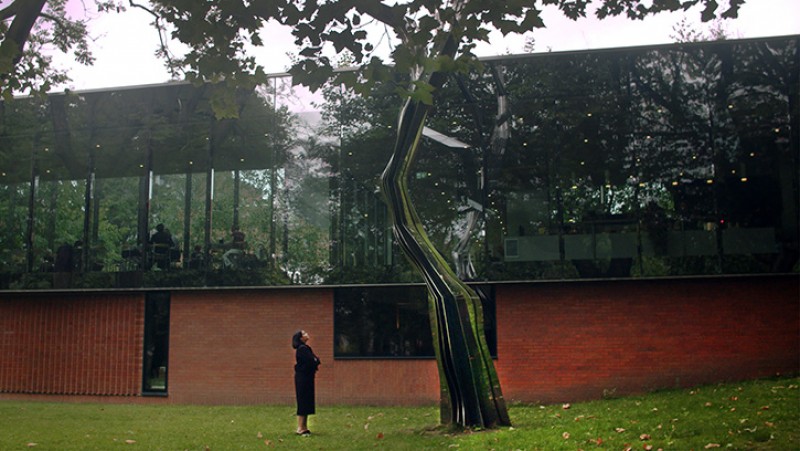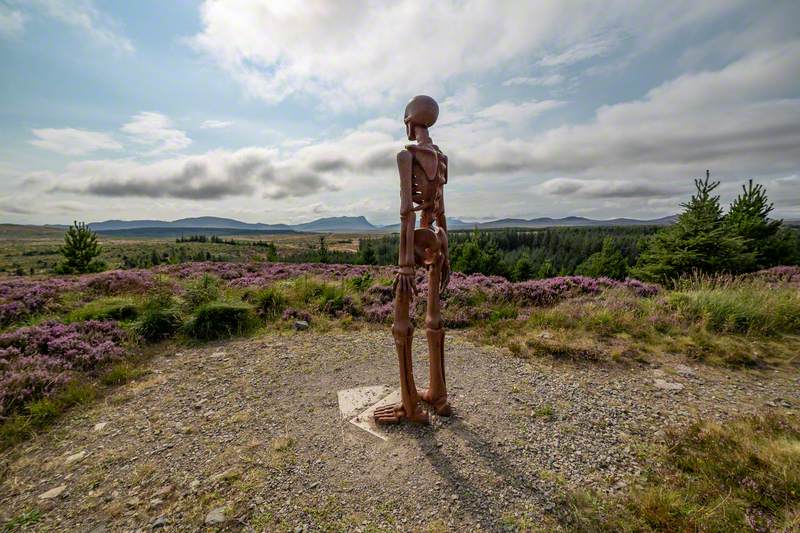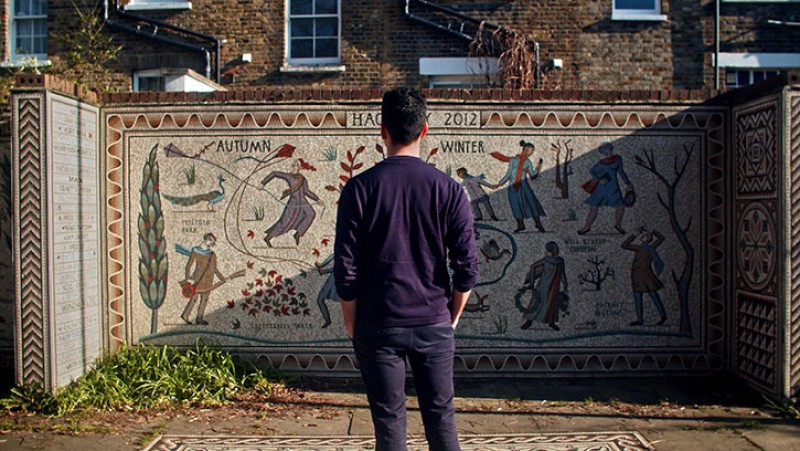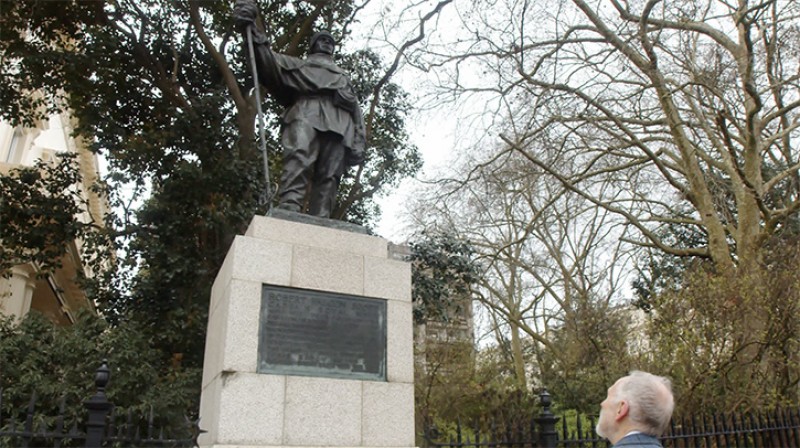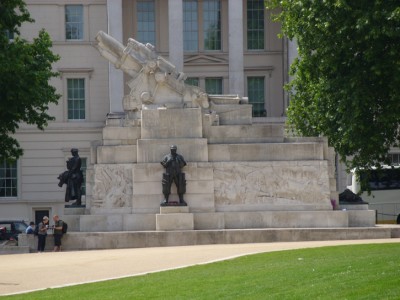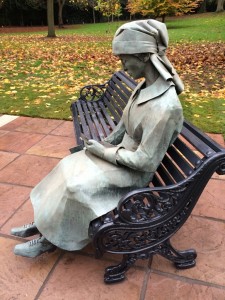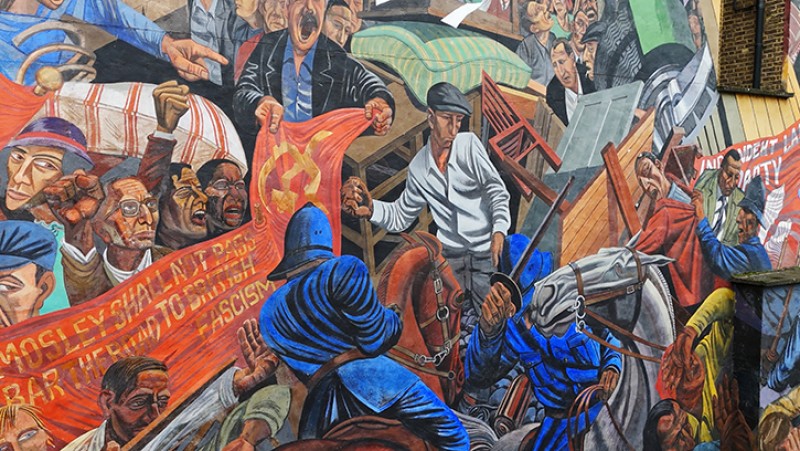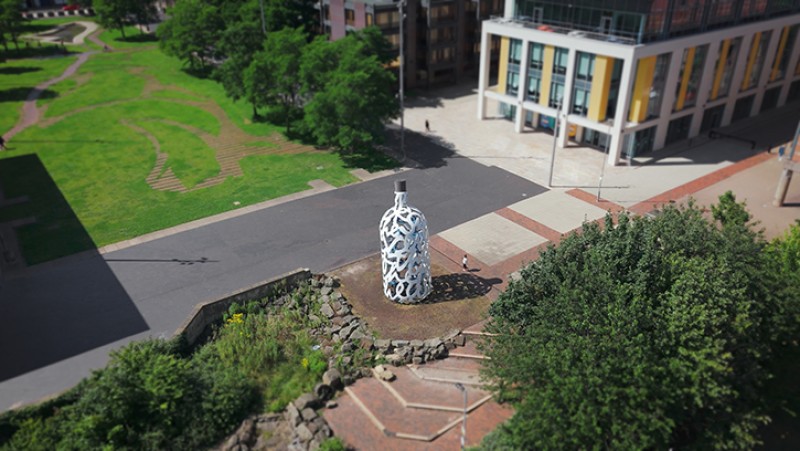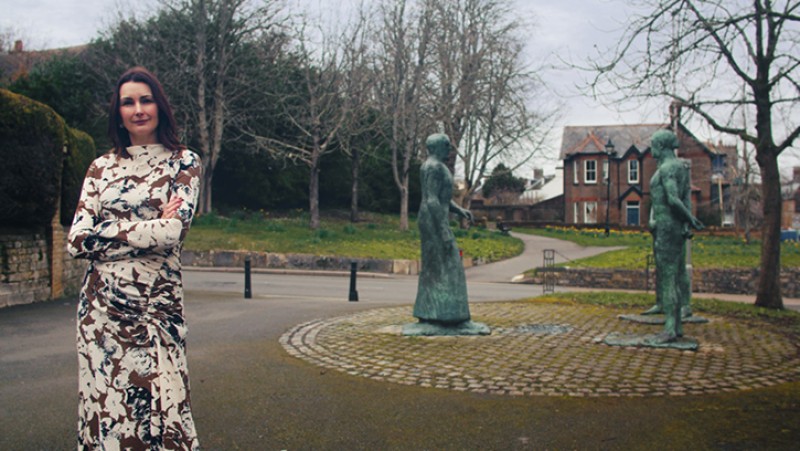Unveiled in 1928, the Welsh National War Memorial was designed by Sir Ninian Comper. It stands to commemorate the servicemen who died during the First World War.
When the First World War finally came to an end in 1918, people in Wales proposed over 2,500 local memorials to the 35,000 young men who had fallen. But in Cardiff, campaigners proposed an imposing national monument in the heart of the city. They hoped to combine the austere beauty of Sir Edwin Lutyens' Cenotaph in London with deeply felt sculpture and inscriptions.
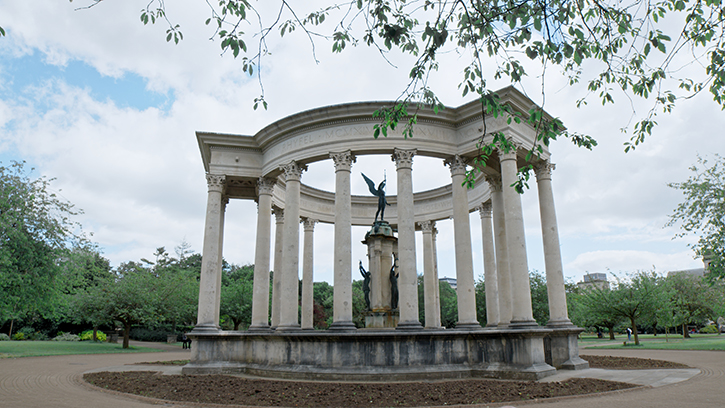
Image credit: HENI Talks
Still from HENI Talks' film on the Welsh National War Memorial
In 1919, a public subscription was started and in 1924 it was won by the London-based architect John Ninian Comper. The son of a priest, Comper made his name restoring and building churches – one of the last architects to adhere to the Gothic Revival. The Welsh War Memorial would be Comper's most important secular work; he clearly felt it needed a different approach.
On 12th June 1928, the memorial was finally opened in the quiet, reflective environment of Alexandra Gardens. The solemn ceremony was led by the Archbishop of Wales, in the presence of the Prince of Wales, and the former wartime Prime Minister, Welshman David Lloyd George.
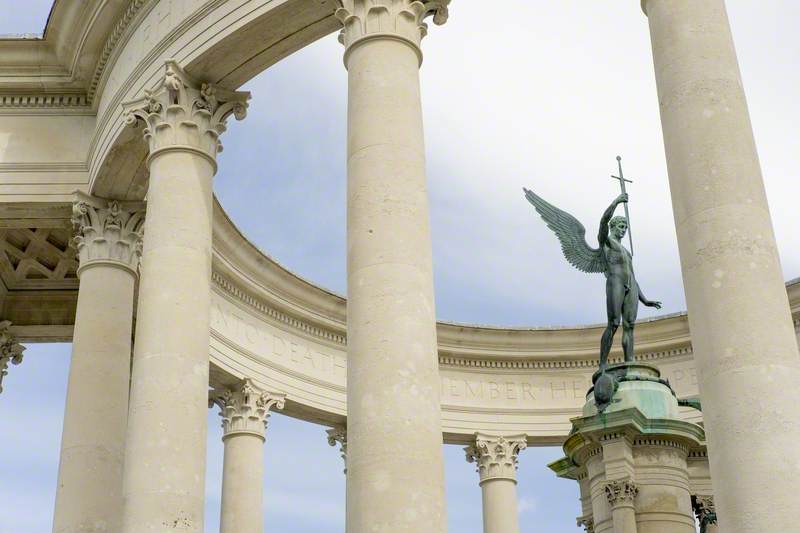
© the copyright holder. Image credit: Mark Barrett / Art UK
Welsh National War Memorial 1924–1928
Alfred Bertram Pegram (1873–1941) and Ninian Comper (1864–1960) and A. B. Burton (active 1874–1939)
Alexandra Gardens, Cardiff (Caerdydd)Like all the buildings around it, it is built of white Portland stone. At its heart, the central podium is surrounded by a fountain with bronze statues of servicemen and a winged figure rising above them. Comper based the design on ruins he had seen in Tunisia. The round collonaded form was used in commemorative buildings in ancient Greece and Rome, including mausolea housing tombs: a fitting reference for the memorial.
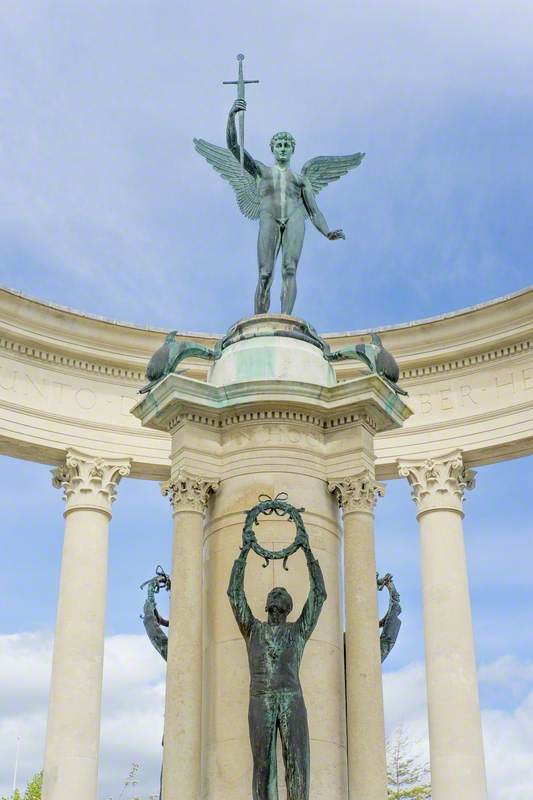
© the copyright holder. Image credit: Mark Barrett / Art UK
Welsh National War Memorial 1924–1928
Alfred Bertram Pegram (1873–1941) and Ninian Comper (1864–1960) and A. B. Burton (active 1874–1939)
Alexandra Gardens, Cardiff (Caerdydd)The three life-size figures around the central drum, designed by Alfred Bertram Pegram, represent an airman, a soldier and a sailor in uniform. All are modelled directly from life. Above stands the winged figure of Victory, also evoking the Archangel Michael with his sword – held by the blade to symbolise the laying down of weapons.
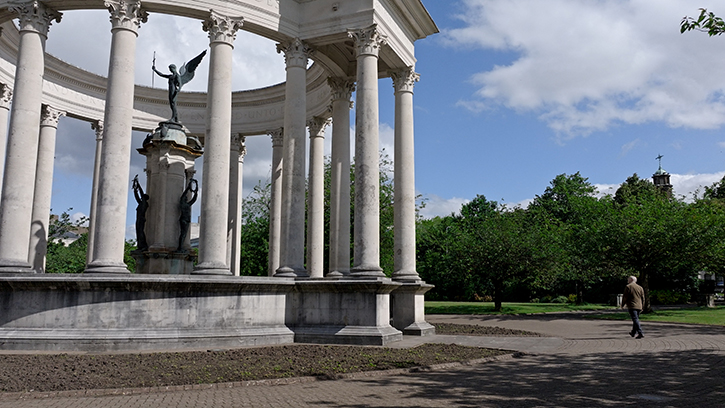
Image credit: HENI Talks
Still from HENI Talks' film on the Welsh National War Memorial
For me, the Welsh National War Memorial manages to remain free of drama and sentimentality, as an expression of sorrow and gratitude of the people of Wales for the sacrifices made by so many. It stands tall at the heart of Wales, reminding us of those who have gone before.
Dr Peter Wakelin, writer and curator
Subscribe to the HENI Talks YouTube channel to be the first to know about new film releases
